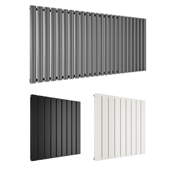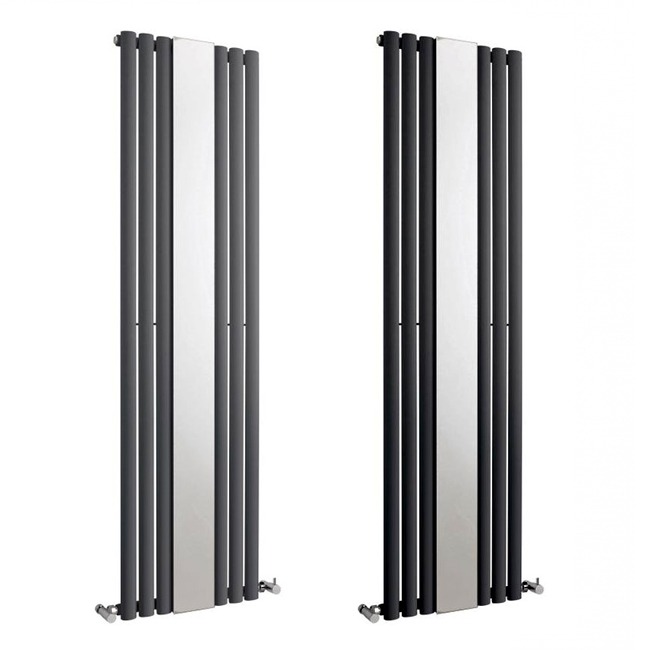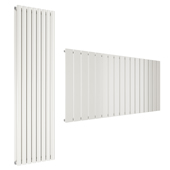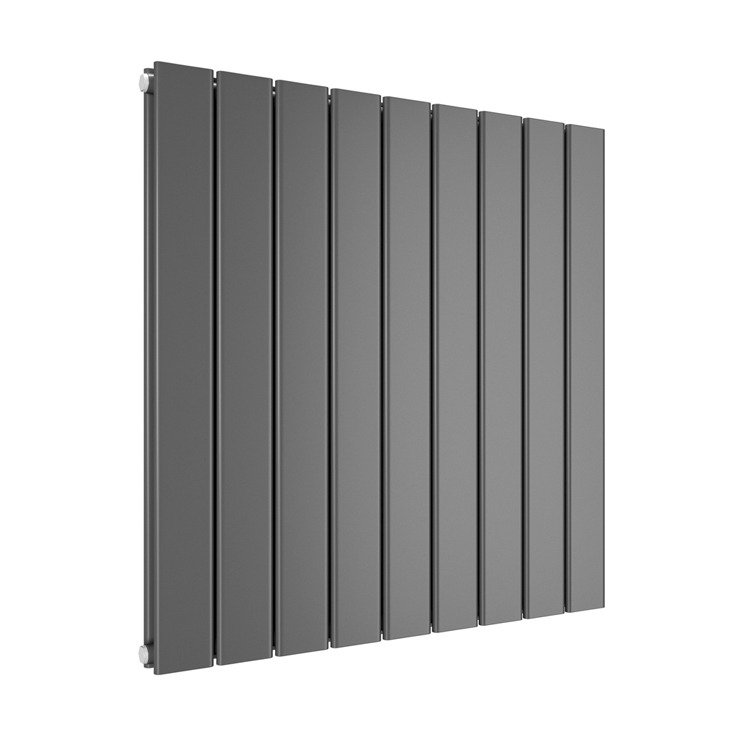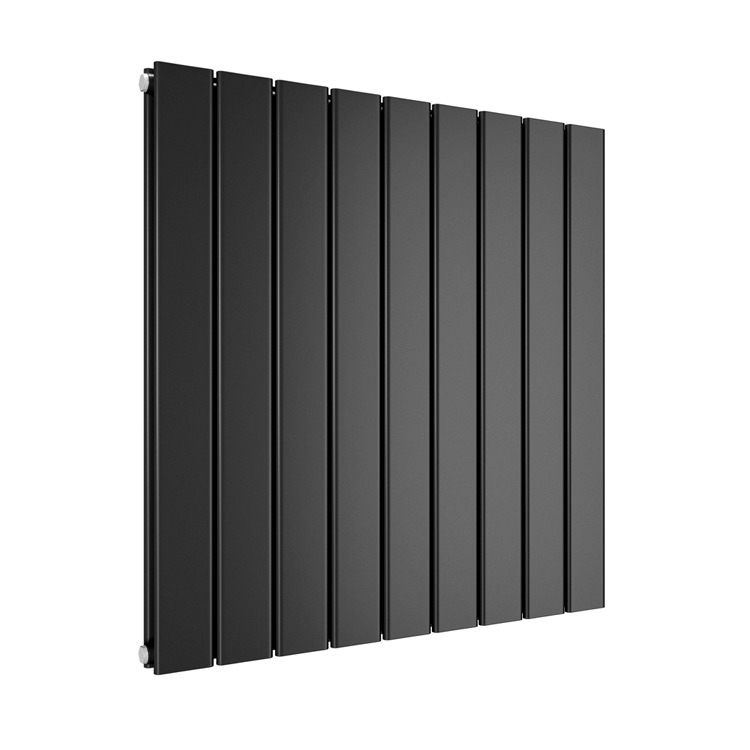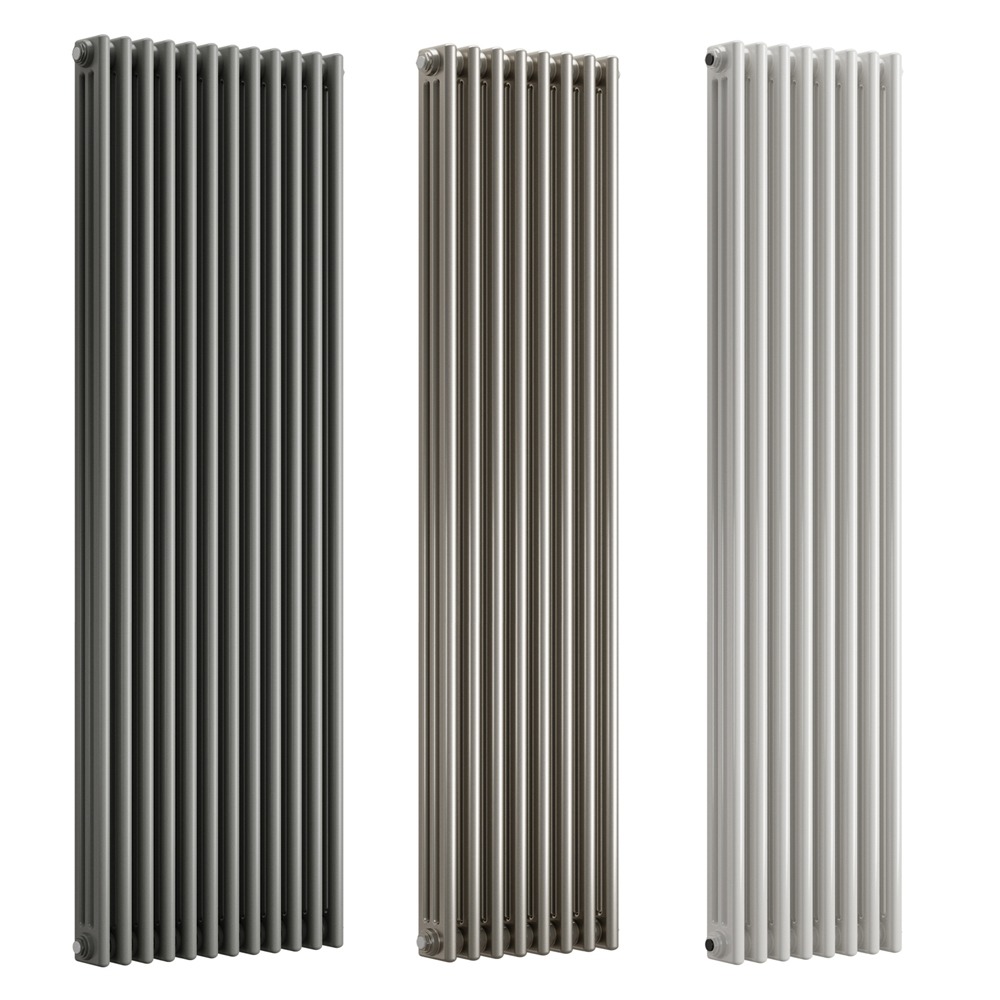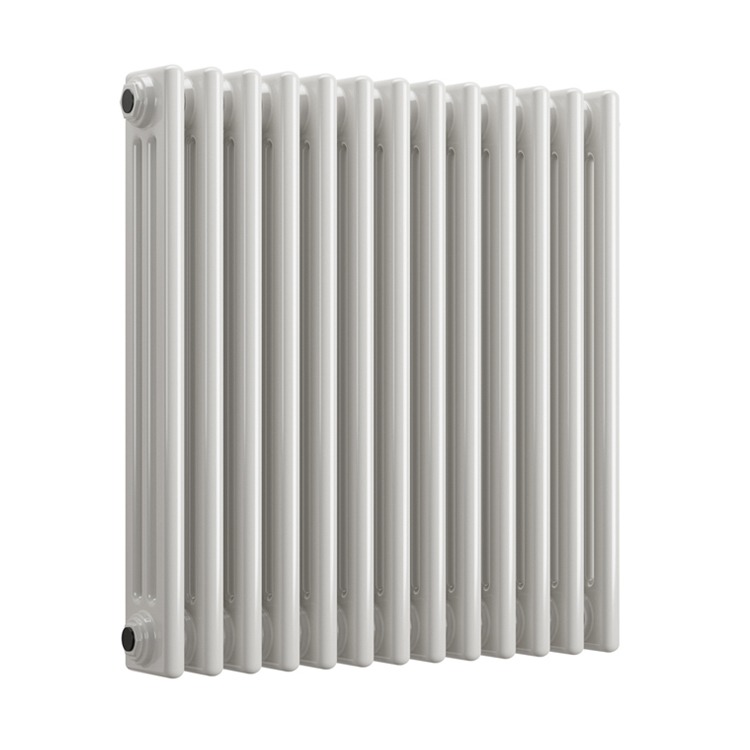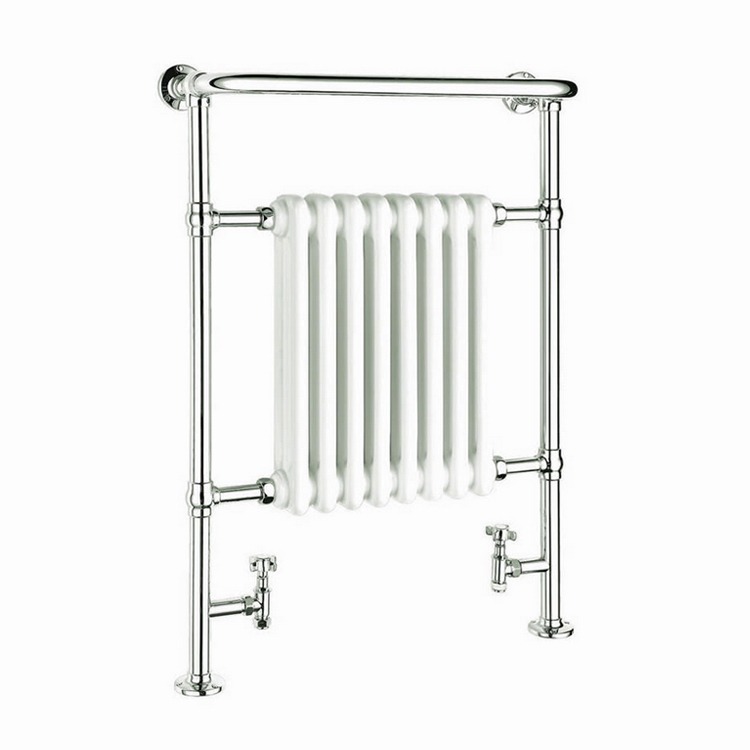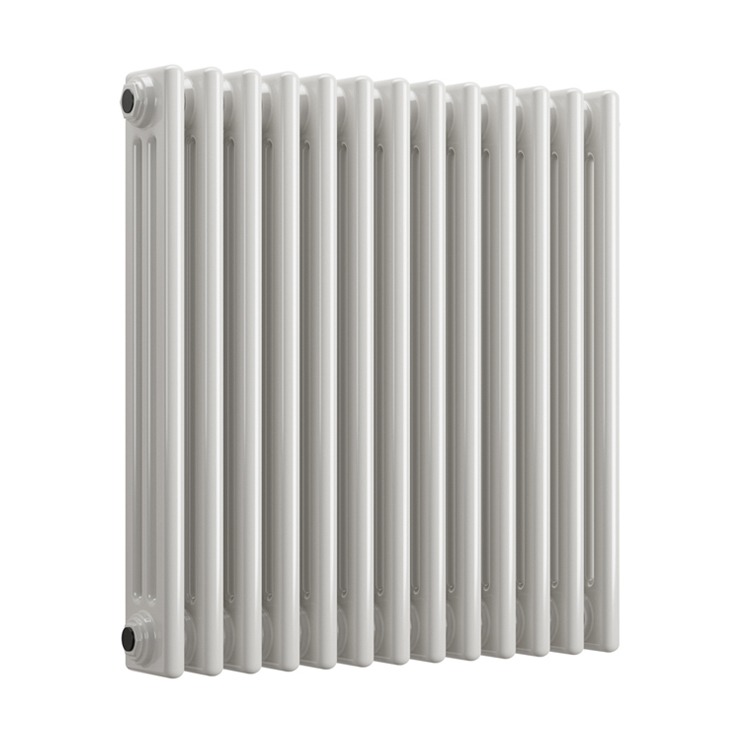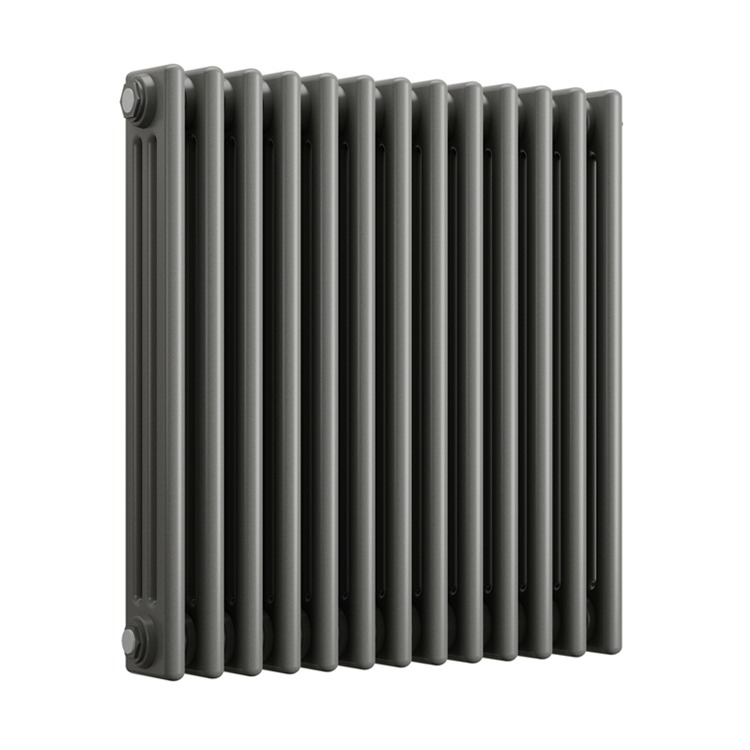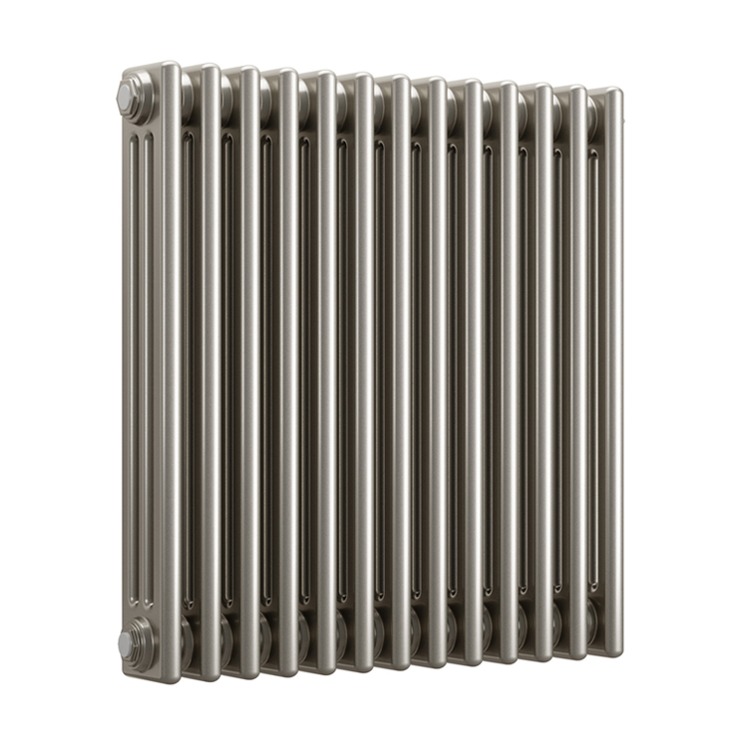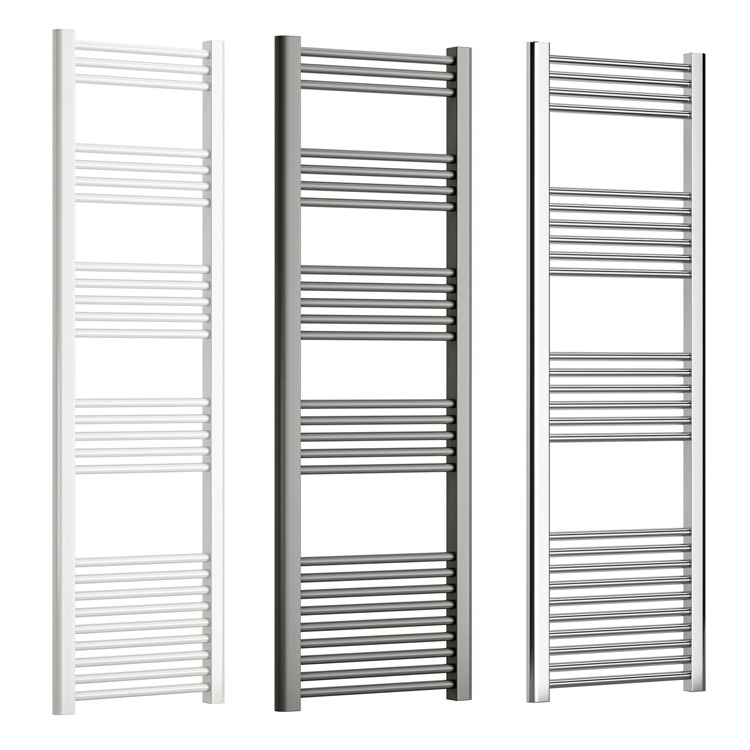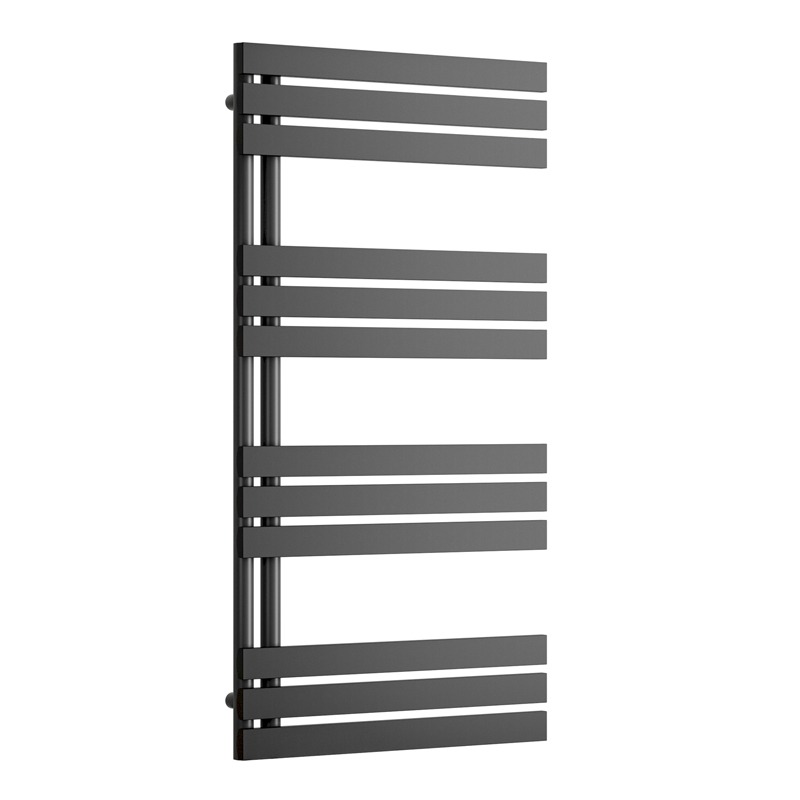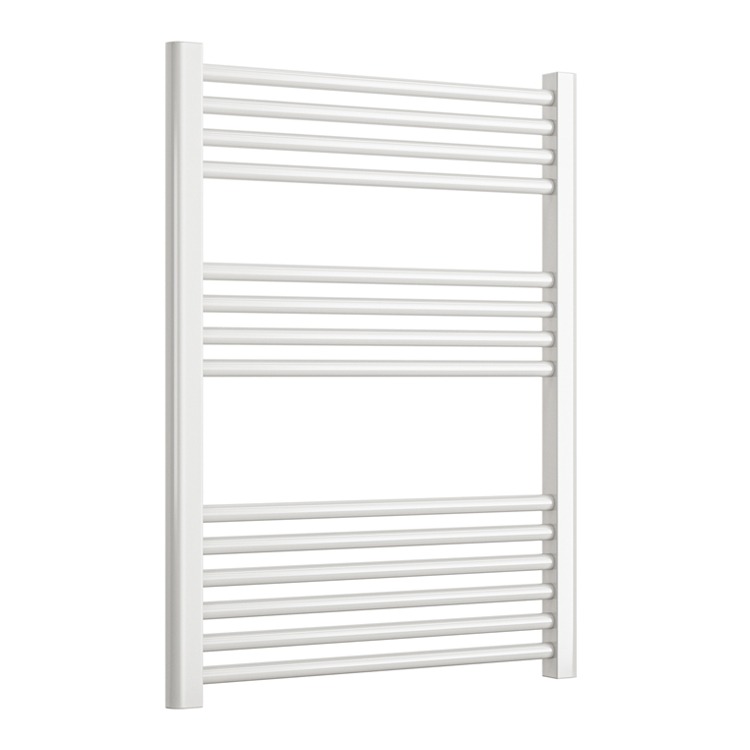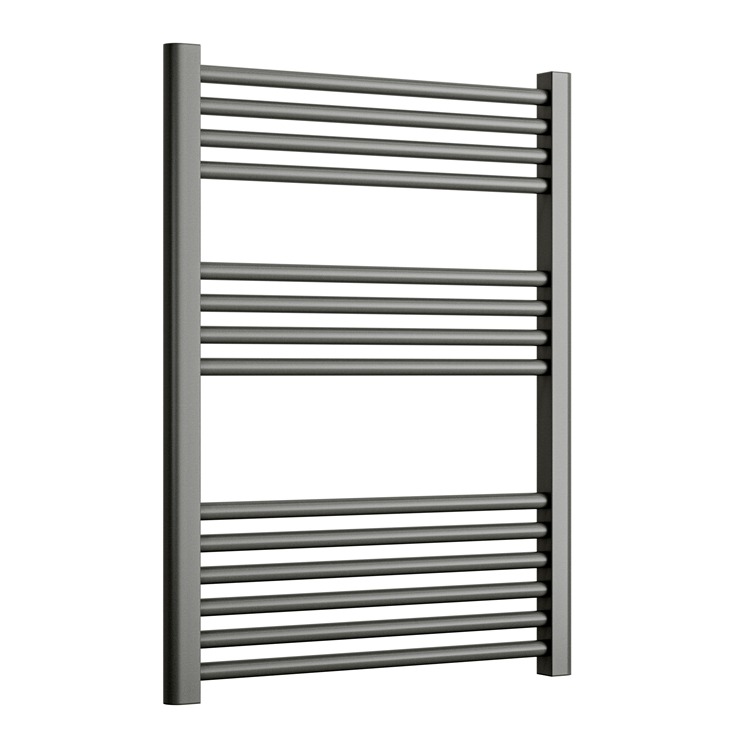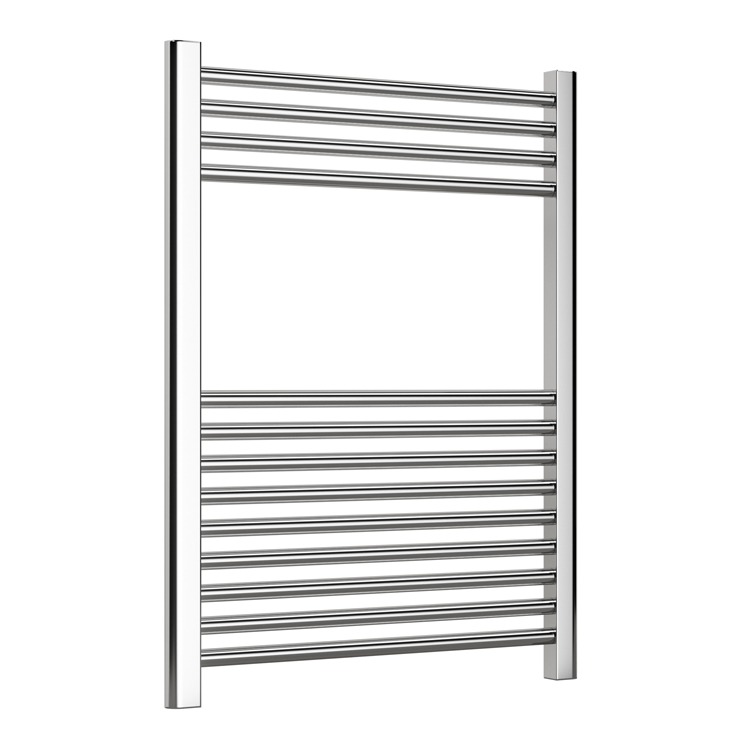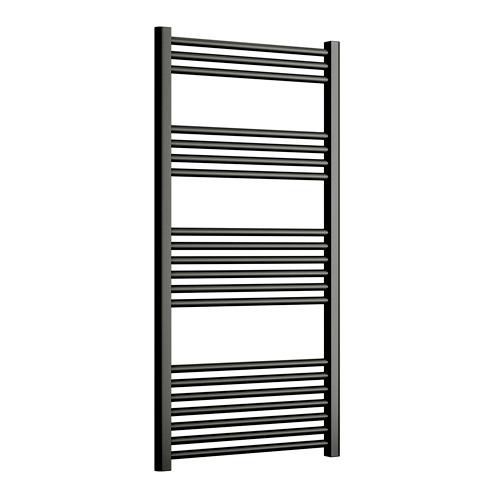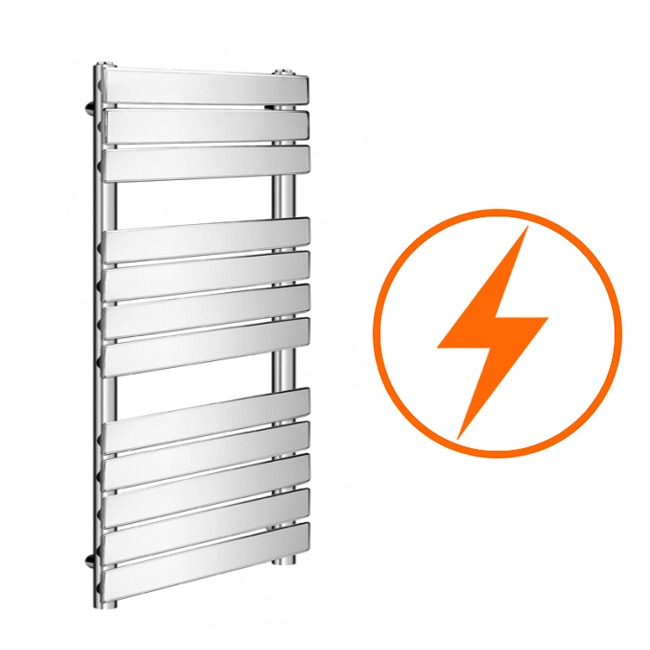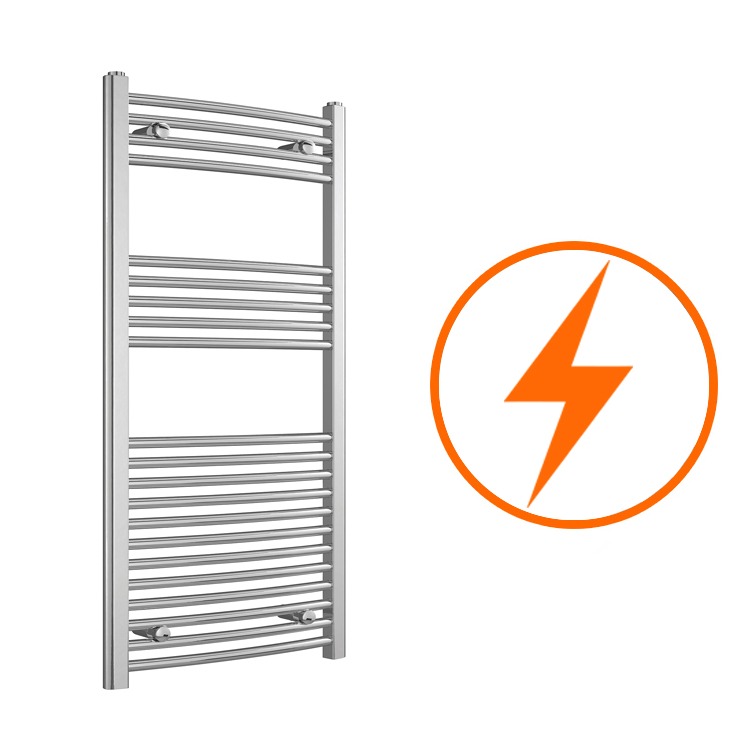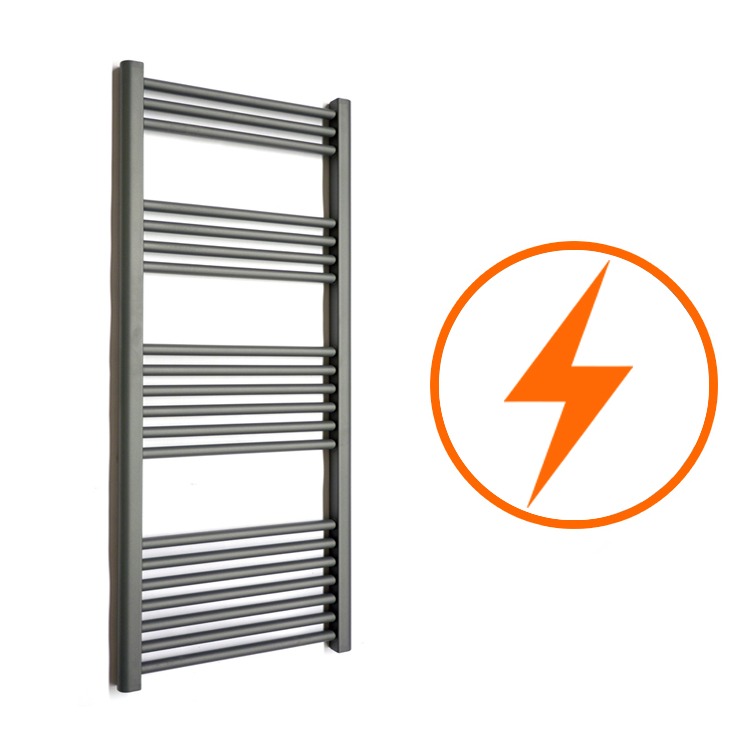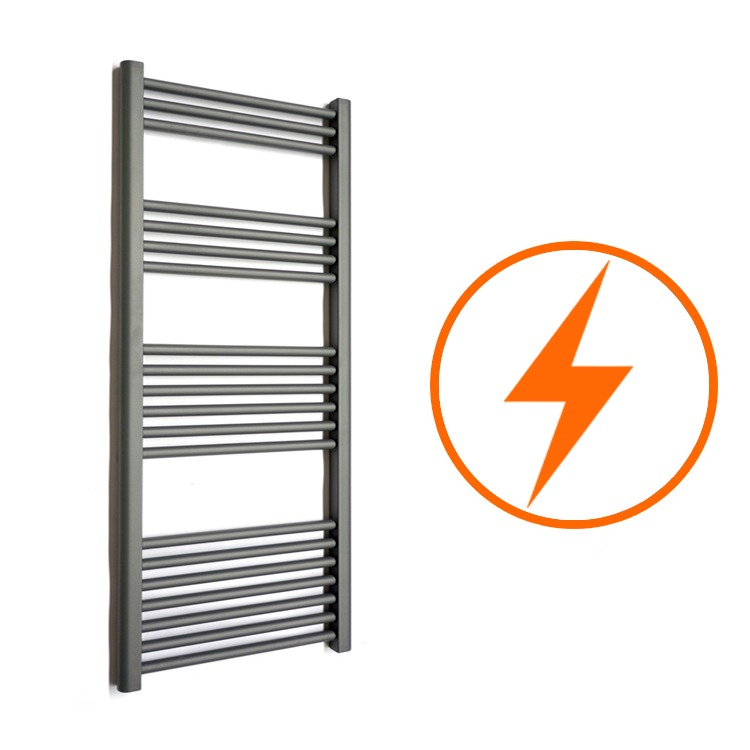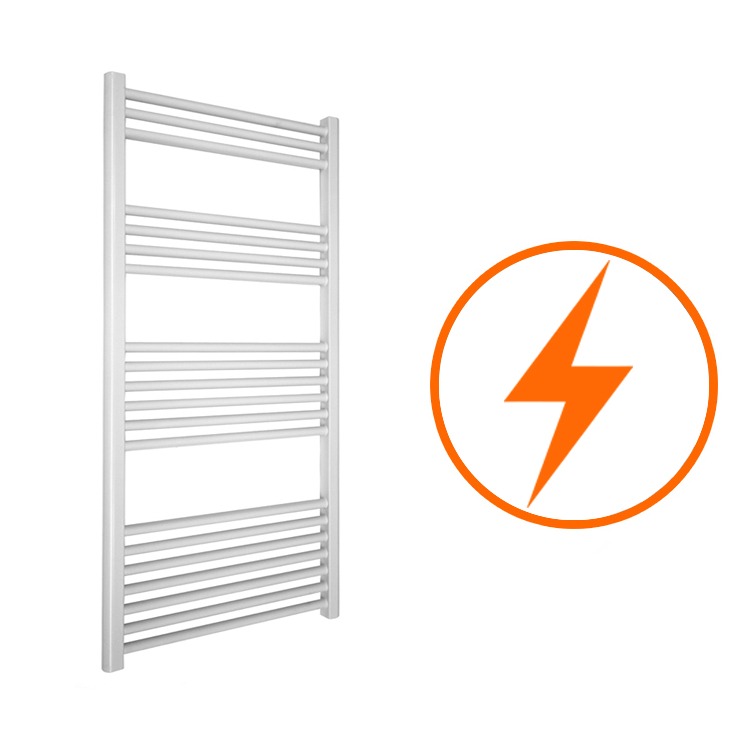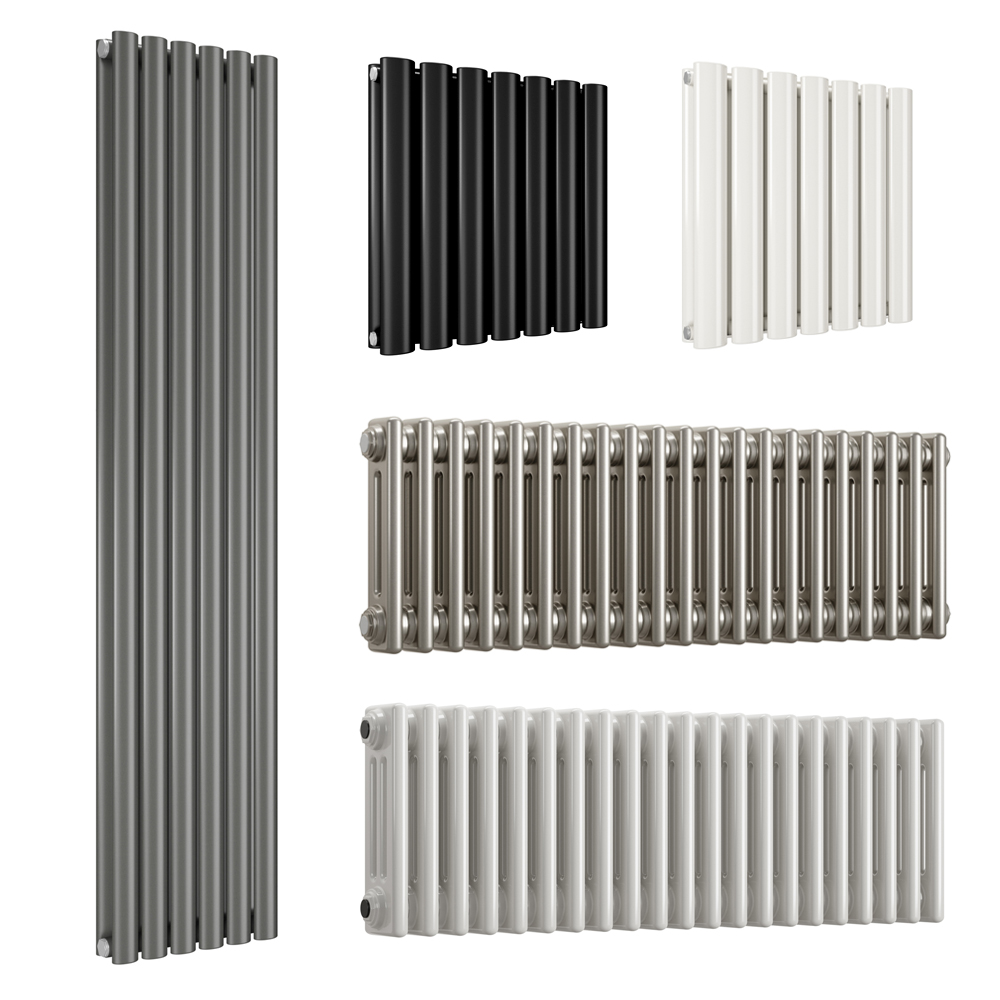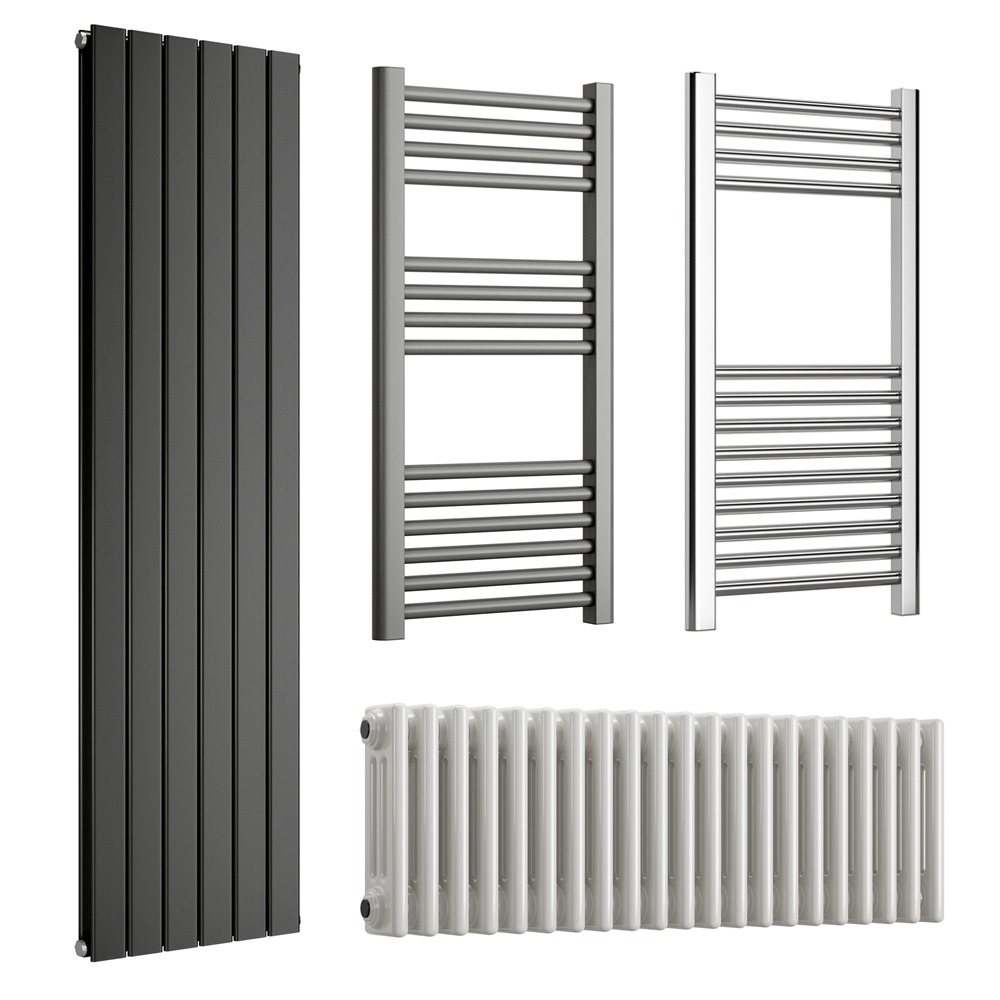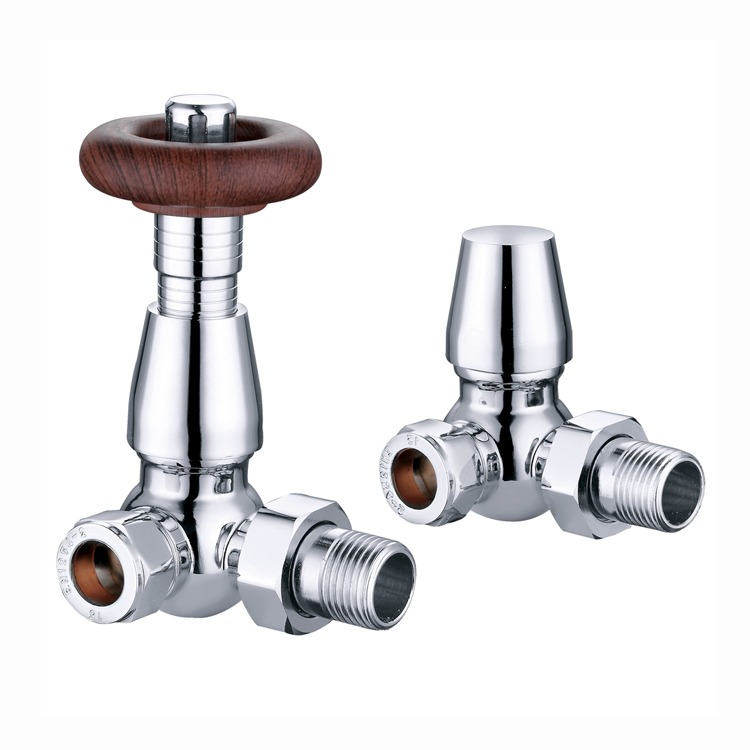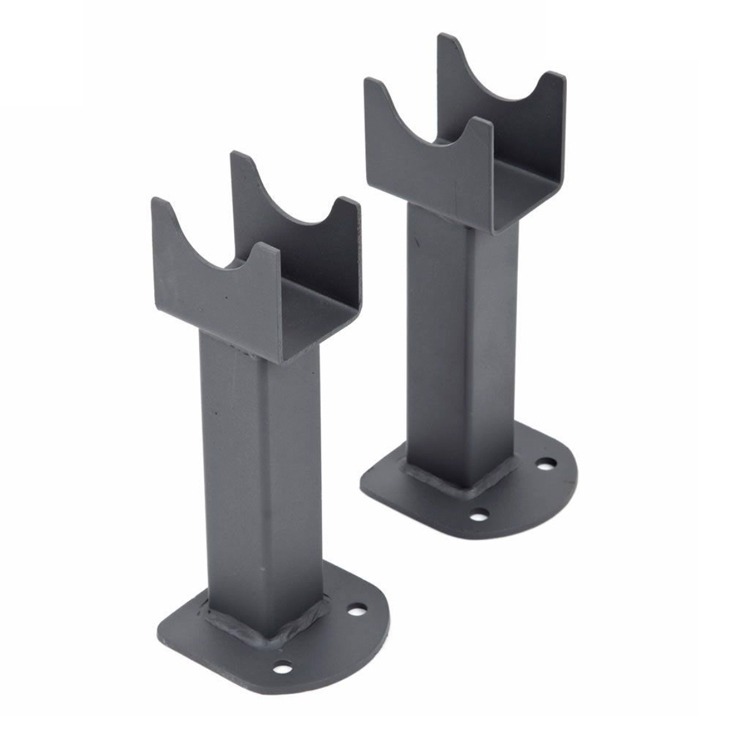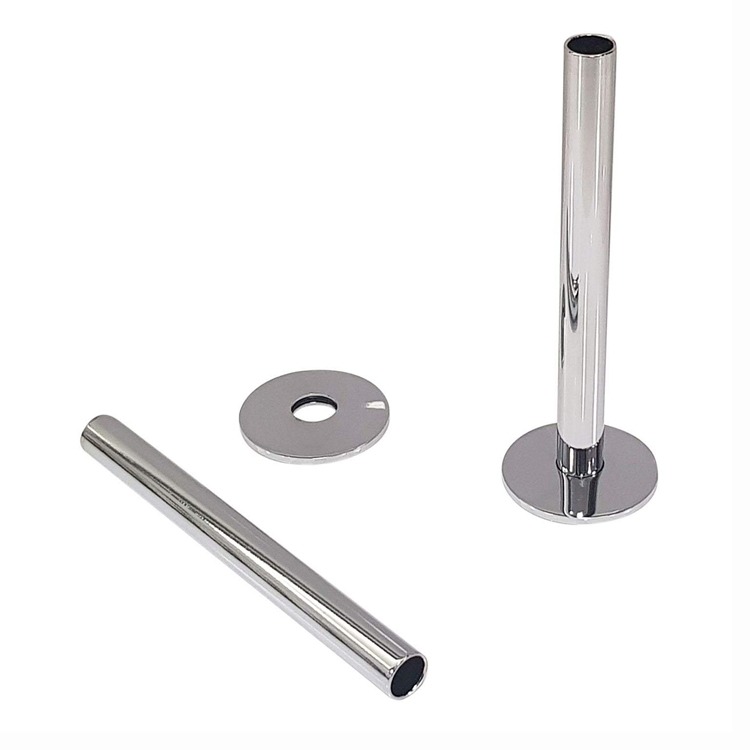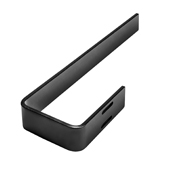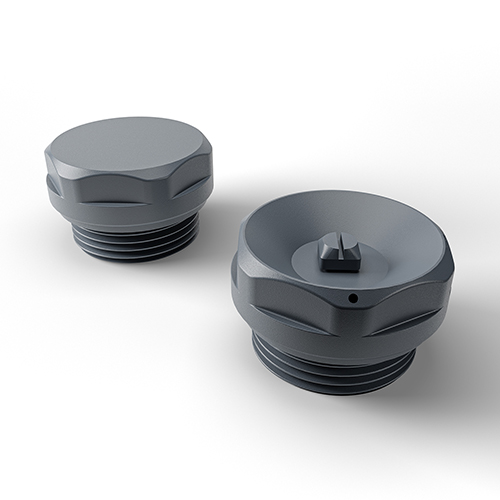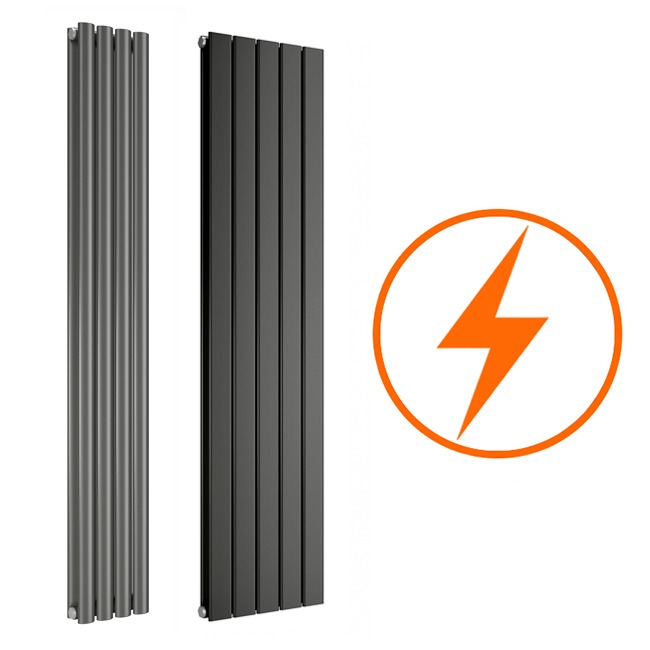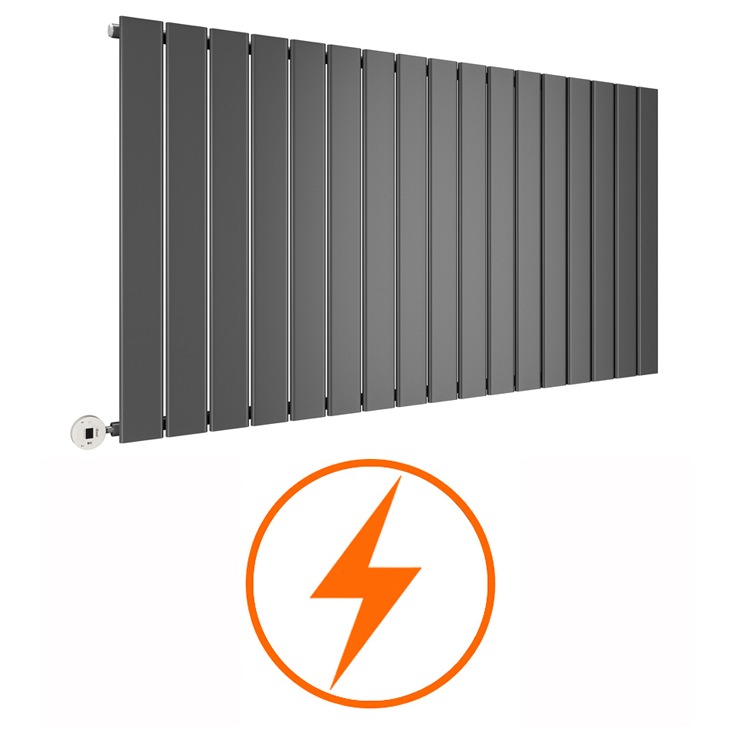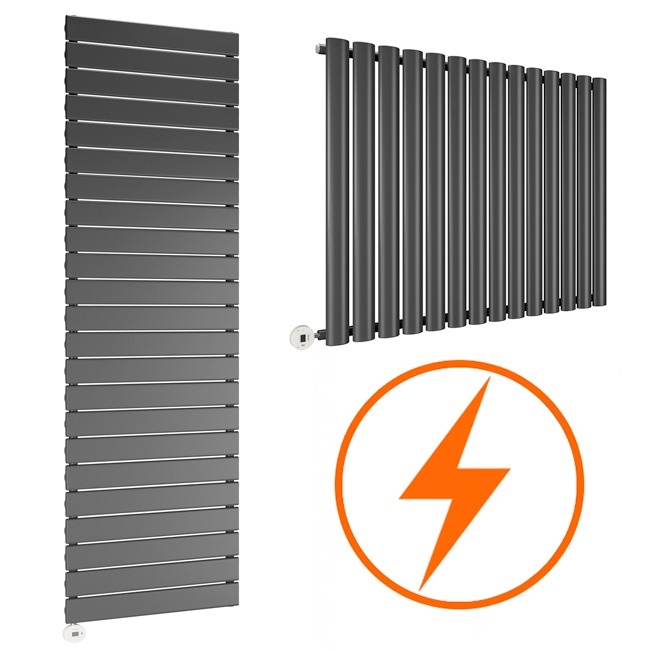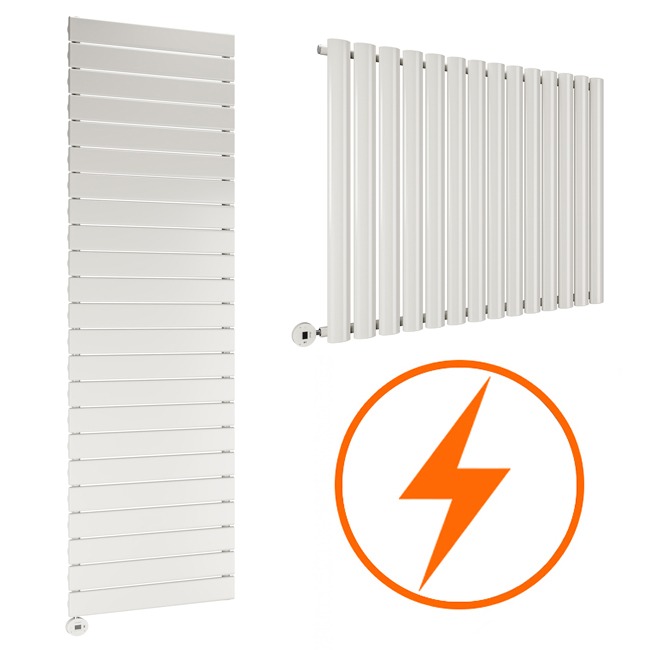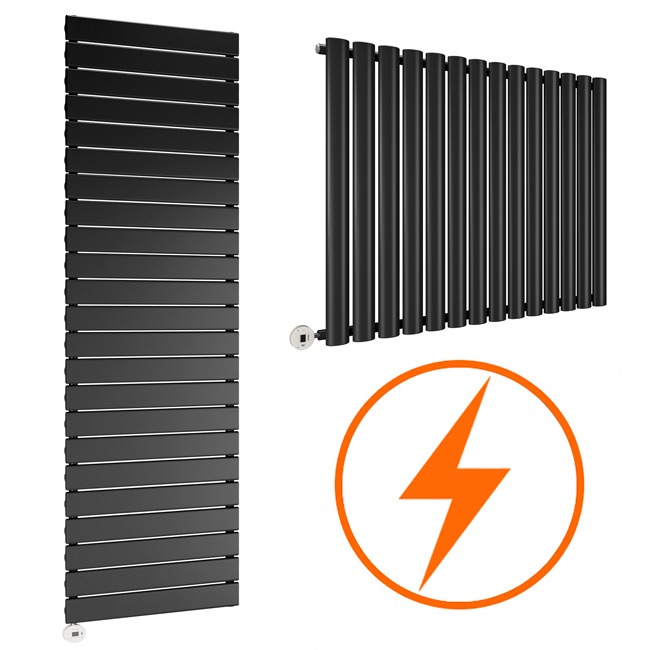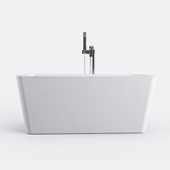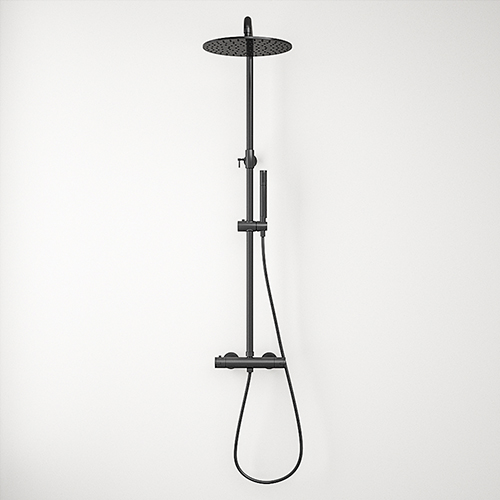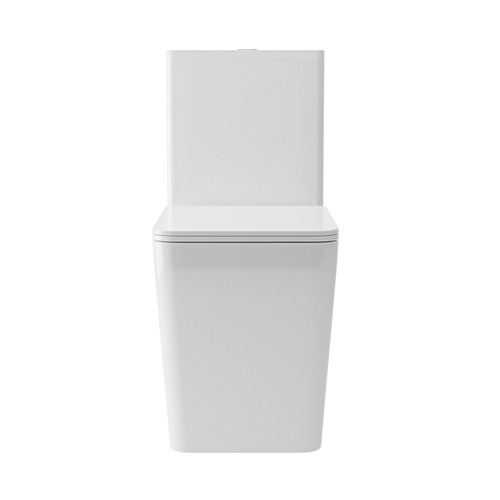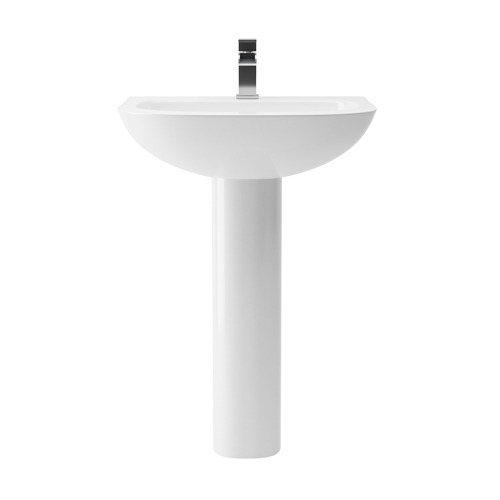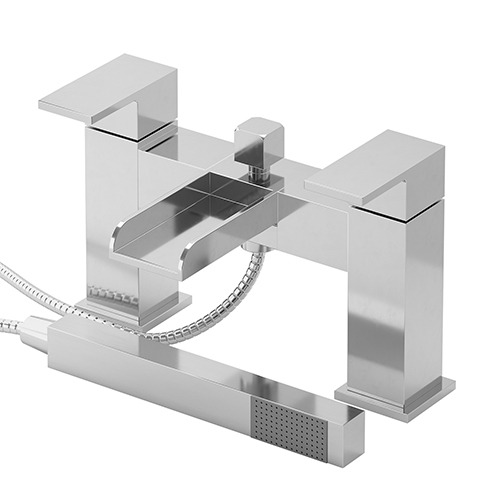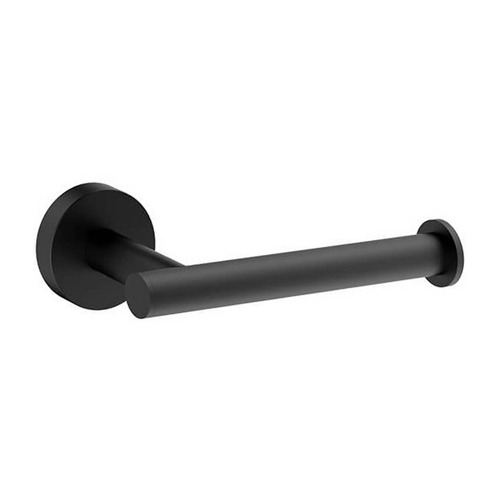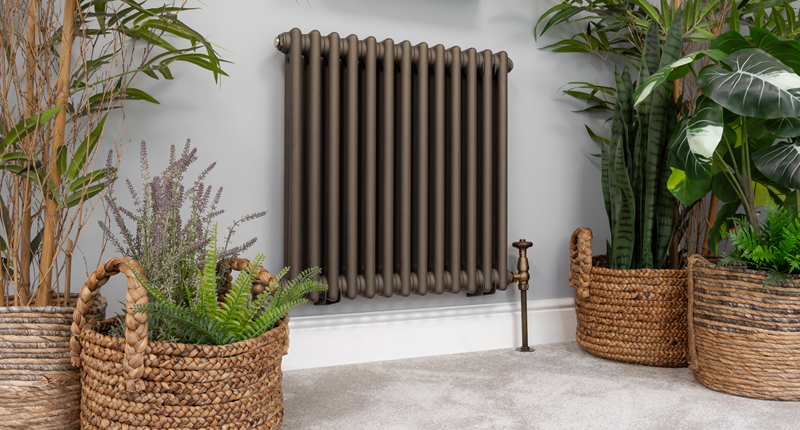
Explained: What are radiator pipe centres and how to measure them
Our guide to radiator pipe centres is perfect for homeowners and DIY enthusiasts alike who are looking to either replace an old radiator or install a new one in their space. We aim to demystify the concept of radiator pipe centres, providing you with a clear,step-by-step approach to measure them accurately. By the end of this guide, you will be equipped with all the knowledge necessary to ensure your radiator fits perfectly, enhancing both the aesthetic and functionality of your heating system!
The importance of knowing and accurately measuring radiator pipe centres cannot be overstated.Radiator pipe centres are the distance between the centre points of the pipes that connect to your radiator and this measurement is critical for several reasons. Firstly, it ensures that your new radiator fits seamlessly without the need for additional, often costly, modifications to your existing pipework. Secondly, accurate measurements contribute to the efficient operation of your heating system, as proper alignment of the pipes and radiator facilitates optimal water flow and heat distribution. Lastly, understanding radiator pipe centres can significantly streamline the installation process, saving you time and potentially reducing the need for professional intervention.
Whether you're undertaking a home renovation, updating your heating system or simply looking to enhance the energy efficiency of your space, knowing how to measure radiator pipe centres is avaluable skill.
Understanding radiator pipe centres
Radiator pipe centres refer to the specific measurement between the centre points of the two pipes that connect to your radiator. This measurement is typically taken from the centres of the inlet and outlet pipes at the base of the radiator, although the exact points may vary depending on the design and type of radiator. It's a crucial dimension that directly influences the compatibility of the radiator with your existing heating system's pipework.
Significance in radiator installation and replacement
The role of accurate pipe centre measurements in installing or replacing radiators cannot be overstated. Here’s why understanding and measuring these centres accurately is essential:
Ensures proper fit:The primary importance of knowing the pipe centres is to ensure that your new radiator fits exactly where the old one was, without necessitating any changes to the existing pipework. This is particularly important in renovations or upgrades where the aim is to minimise additional work and expense.
Facilitates efficient installation:Accurate measurements make the installation process smoother and more efficient. Knowing the pipe centres beforehand allows for precise lanning and can prevent common installation issues, such as misaligned connections that could otherwise require last-minute adjustments or even lead to leaks and other functional problems.
Avoids unnecessary costs:Incorrect measurements can lead to the need for additional fittings,extenders or even alterations to the existing pipework to accommodate a new radiator. Such modifications not only add to the cost but also to the time required to complete the installation. By ensuring your radiator and pipework are compatible from the start, you can avoid these unnecessary expenses and complications.
Maximises heating efficiency:The correct positioning of a radiator relative to its pipe centres can influence the efficiency of heat distribution within a room. Radiators that are properly aligned with the pipework tend to operate more efficiently, ensuring optimal heat output and contributing to the overall comfort of your space.
Understanding and accurately measuring radiator pipe centres is a fundamental step in the installation or replacement of radiators. By paying close attention to this critical detail, both homeowners and professionals can achieve a more efficient heating solution that stands the test of time.
Types of radiators and their pipe centres
When planning to install or replace a radiator, it's crucial to understand that not all radiators are the same – especially when it comes to their pipe centres. The distance between the pipe centres can vary significantly depending on the type of radiator and knowing these differences is essential for ensuring a seamless fit and optimal functionality.
Standard radiators
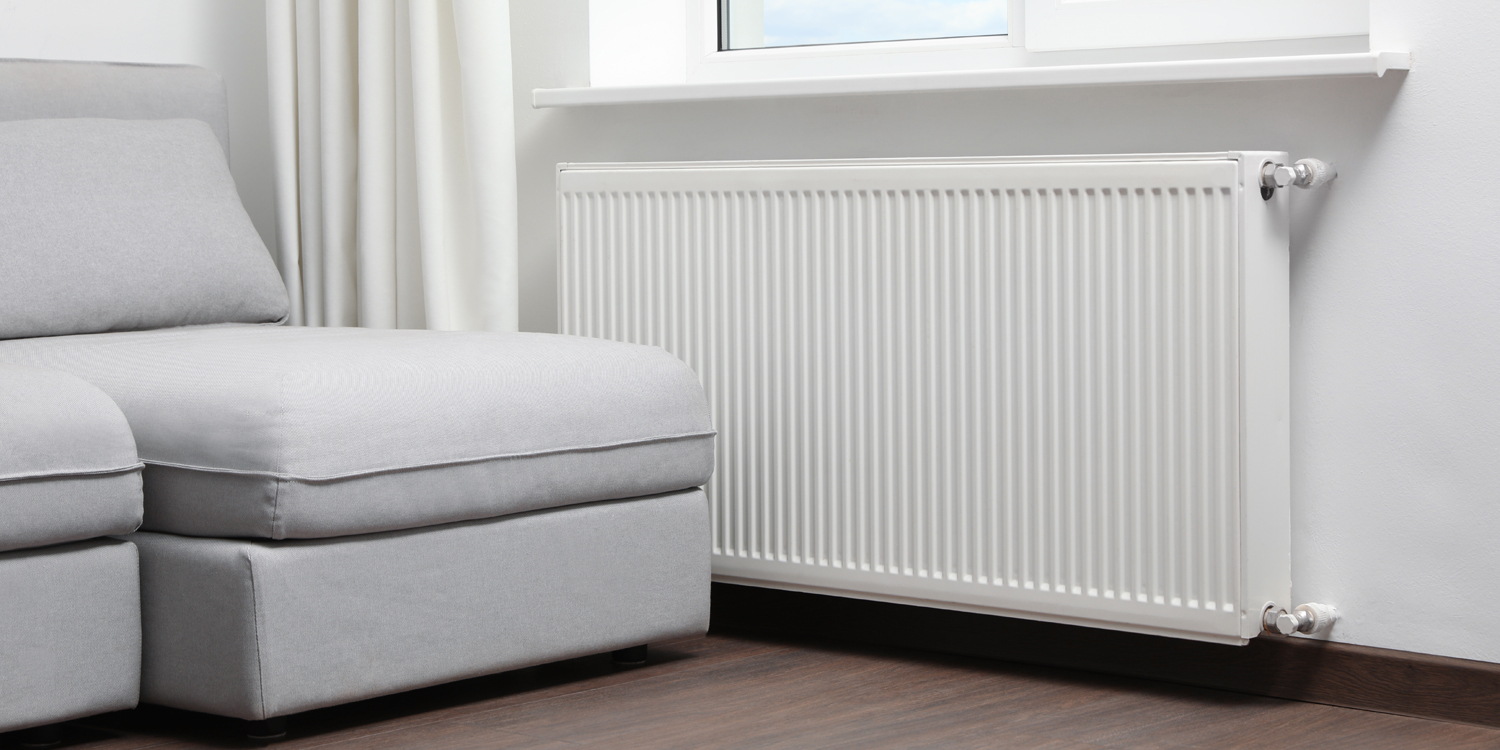
Standard radiators, found in many residential homes, typically have very consistent pipe centres,making them easier to replace or install for those familiar with their specific measurements. The common distance for pipe centres on standard radiators is usually about 40mm to 50mm less than the overall width of the radiator. This means if you have a radiator that is 600mm wide, the pipe centres might be around 560mm to 550mm apart. However, variances do exist, particularly with older models or those designed for specific uses, so it's always best to measure directly rather than rely solely on estimations.
Towel radiators
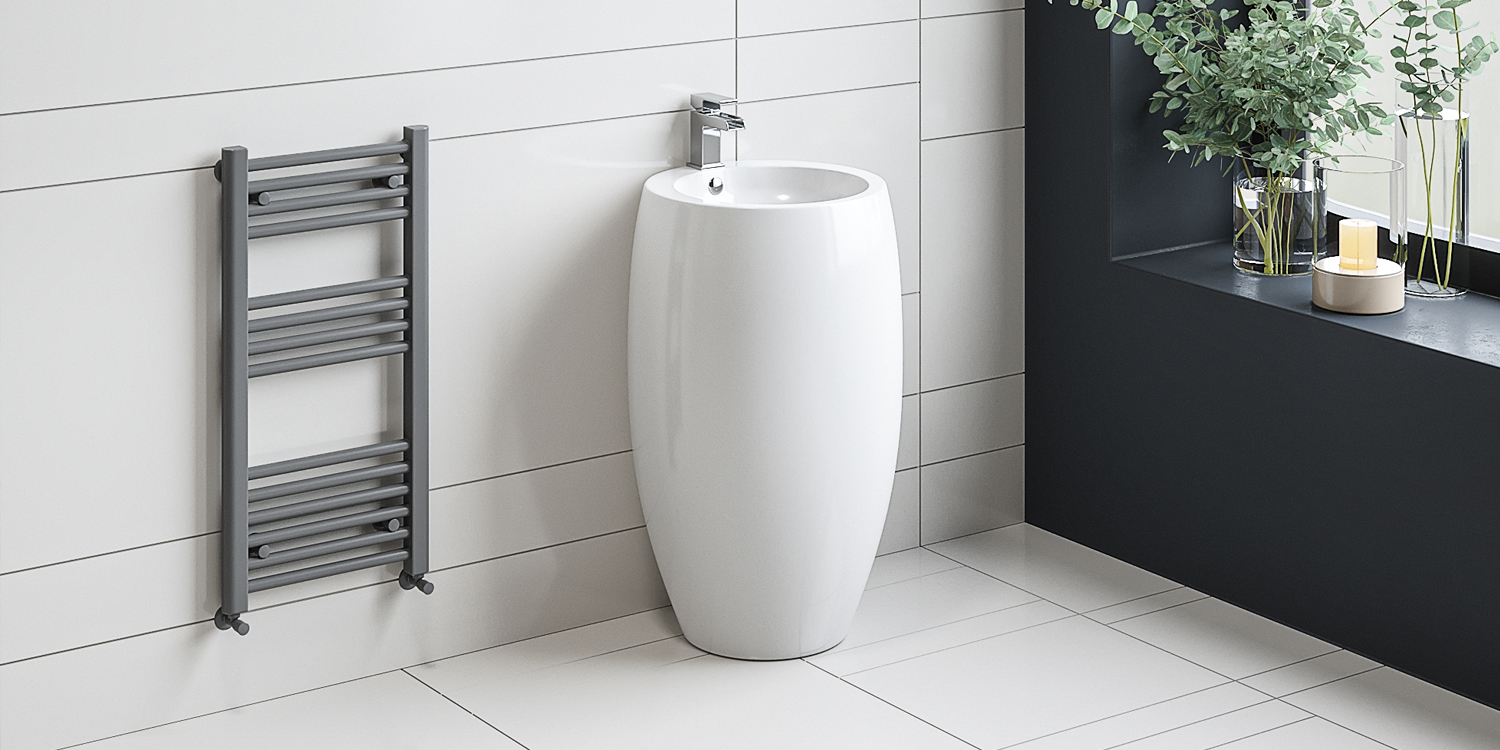
Towel radiators,designed for bathrooms and kitchens, present a different scenario. Their pipe centres can significantly differ from standard radiators because they often need to accommodate the design and functionality of being able to warm and dry towels. Typically, the pipe centres for towel radiators are narrower and the measurement can also be influenced by the design – whether it's a ladder style, curved or has horizontal bars at different levels. It's not uncommon for Towel radiators, to have pipe centres that match the standard water supply pipe distances in bathrooms,which can be around 450mm to 500mm, but always verify as designs can widely vary.
Designer radiators
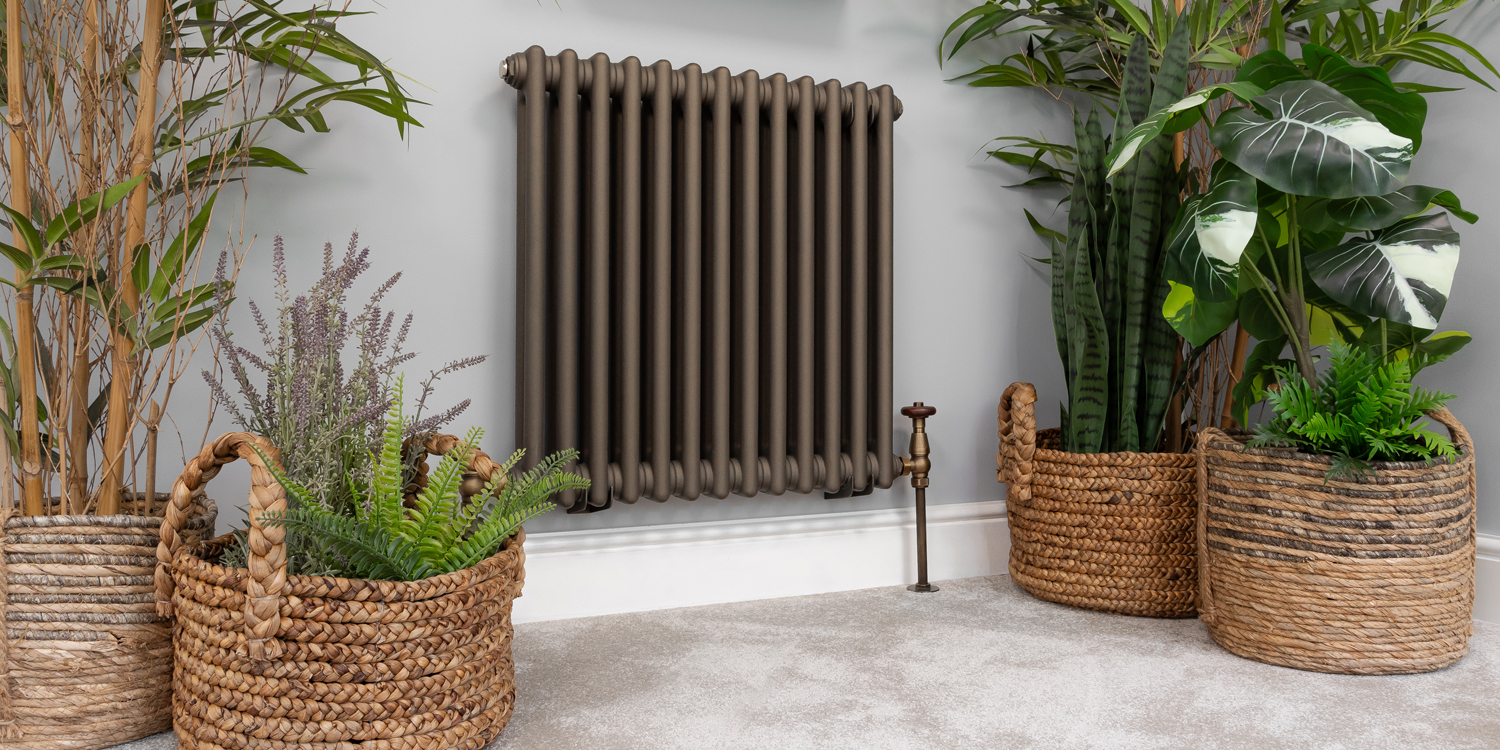
Designer radiators are where the most variance in pipe centre measurements is often found. These radiators are made to be a feature in the room, with aesthetics playing a significant role alongside functionality. Because of their unique shapes, sizes and styles, designer radiators, can have pipe centres that deviate considerably from the norm. Some may feature very wide distances between the pipes, unusual configurations or even vertical pipe connections that are not common in more traditional radiator, designs. When dealing with designer radiators, it's important to consult the manufacturer's specifications or measure the pipe centres directly. Manufacturer specifications are particularly important with designer models, as they might include specific installation instructions to ensure both the visual appeal and efficient heating performance are maximised.
Your step-by-step guide on how to measure radiator pipe centres
Accurately measuring the pipe centres of your radiator is crucial for ensuring a seamless installation or replacement. Here's how you can do it:
Step 1: Preparation
Before you start measuring, it's important to prepare the area around your radiator. If the radiator is already installed, you may need to temporarily remove it to access the pipes easily. Ensure the heating system is turned off and completely cool to avoid any potential injuries. Clear any furniture or obstacles that could hinder your access to the pipes. It's also a good idea to have a notepad and pen handy to record your measurements as you go along. Safety is paramount, so wear gloves if you're handling metal parts, which can sometimes have sharp edges.
Step 2: Measuring the distance between pipe centres
-
Locate the inlet and outlet pipes:These are usually found at the bottom of the radiator, but the exact position can vary depending on the radiator type.
-
Measure the centre points:Use a tape measure to find the distance between the exact centre points of the inlet and outlet pipes. It's crucial to measure from the centre of one pipe to the centre of the opposite pipe to get the correct distance. This measurement is your radiator's pipe centre distance.
-
Record the measurement:Write down the measurement as soon as you take it to avoid forgetting or mixing up numbers.
To measure the pipe centres:
Step 3: Accounting for valves
-
Measure valve width:Measure the width of your valves, including any thermostatic controls that may extend beyond the valve body. This gives you an idea of how much extra space you'll need on either side of the radiator.
-
Factor valve space into overall width:Add the width of the valves to your pipe centre measurement to ensure you have enough space for installation. This is particularly important if you're replacing an existing radiator and don't want to alter the pipework.
Radiator valves can affect the space required for your radiator installation, so it's important to factor them into your measurements:
Step 4: Double-check measurements
-
Repeat the measurement:Take the distance between the pipe centres again, ensuring you're measuring from the same points as before.
-
Verify valve measurements:Double-check the width of your valves to make sure you've accounted for the correct amount of space.
-
Confirm total width:Ensure the total space (pipe centres plus valves) matches your initial measurements. Discrepancies could indicate a mistake in the first measurement.
Accuracy is key, so it's advisable to measure at least twice to ensure you've got the correct dimensions:
Following these steps carefully will help you obtain accurate measurements for your radiator's pipe centres, ensuring that your installation or replacement process goes as smoothly as possible. Remember, taking a little extra time to measure accurately can save you a lot of time and effort in the long run.
Common mistakes to avoid
When measuring radiator pipe centres, accuracy is key. However, even with the best intentions, it's easy to fall into common pitfalls that can lead to incorrect measurements and subsequent issues with radiator installation. To ensure a smooth and efficient process, here are some common mistakes to avoid:
Not accounting for valves
One of the most frequent errors in measuring radiator pipe centres is not leaving enough space for the valves. Radiator valves can vary significantly in size and design, affecting the amount of space required on either side of the radiator. Failing to account for the space that valves occupy can lead to a radiator that doesn't fit or has insufficient clearance, leading to operational issues or even the need for reinstallation. Always consider the dimensions of your valves and factor them into your overall measurements.
Incorrect measuring tools
Using the correct tools for measurement is crucial for accuracy. A common mistake is using a flexible tape measure that can sag or bend, leading to inaccurate readings. For the best results, use a rigid tape measure or a laser measure to ensure straight, precise measurements.
Additionally, a level can be invaluable in ensuring your measurements are not skewed by uneven floors or walls. Accurate tools lead to accurate measurements, which are essential for a successful radiator installation.
Forgetting to double-check
Even with careful measurement, errors can occur. A key step that is often overlooked is the necessity of double-checking your measurements. Measuring once and proceeding with those initial figures without verification is a recipe for mistakes. Conditions in the room, slight movements or simply misreading the tape can all lead to incorrect measurements. Always measure at least twice,ensuring consistency between readings. If discrepancies arise, measure again to confirm the accurate distance. This practice helps avoid costly mistakes, such as purchasing a radiator that doesn't fit or requiring additional adjustments to your pipework.
Avoiding these common mistakes is crucial for a successful radiator installation.
Ready to find the perfect radiator for your space? Explore our extensive selection of affordable,radiators curated to suit any room, aesthetic and budget. Whether you're looking for a traditional,towelor designer radiator, we have the options and expertise to help you make the best choice.
Shop radiators, now and transform your heating experience with efficiency, style and comfort.
 Need Radiators FAST?
Need Radiators FAST? 




